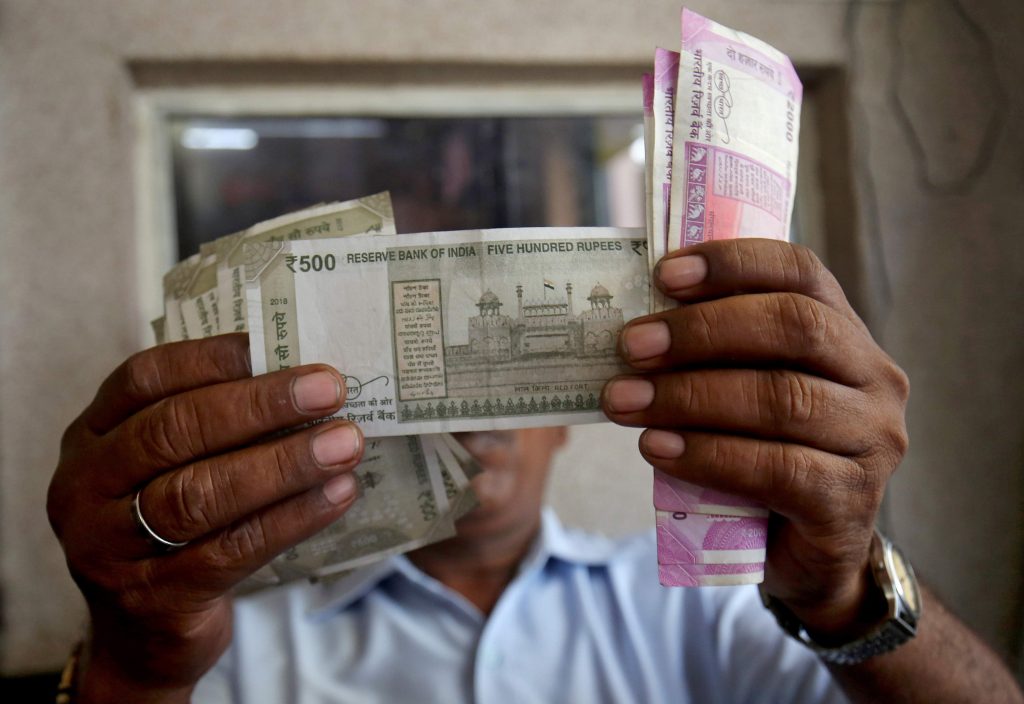The Reserve Bank of India (RBI) in the latest monetary measure slashed the repo rate by 40 basis points. This was on top of the 75 bps cut it had affected since India went into a battle mode against the coronavirus. The lockdown 4.0 will last till May 31. As of now, we do not know what the government will do post May 31 with regard to lockdown. Whittling down repo (the rate at which the RBI lends money to commercial banks) is not the panacea to ease virus-induced economic sufferings of people who were already reeling from a global economic recession.
The RBI has been periodically cutting the repo rate to ease lending by banks with the overarching objective that people avail loans at cheaper rates and spend more. While all reductions before March were aimed to stoke public consumption and boosting industrial activities, the cuts over last two months was designed to cushion the blow delivered by the COVID-19. The cumulative reduction in the repo rate since February last year has been more than two per cent. The results of such deep cuts in the lending rate have not fully translated on the ground. The same is going to happen even after the latest cut. Banks never make advances at a loss. A good chunk of banks’ funds comes from their deposits. Therefore, the banks’ interest rates are invariably linked to their deposit rates. Banks can never lower their interest rates, unless there is a corresponding cut in the deposit rates. We have seen how cuts in repo rates are always preceded or followed by reduction in deposit rates.
The SBI cut its deposit rates by 20 points May 12. Private banks have lowered their deposit rates by 70 basis point year-on-year as on March. Any cut in the deposit rates will have a direct hit on the borrowers, a substantial number of whom are elderly people, especially the pensioners. Therefore, the government must realise that extending moratoriums or getting banks to cut down on their lending rates is no panacea for people during such crisis. A long term sustainable approach must be found.
Announcements of two moratorium spanning six months till August 31 are a self-defeating strategy by the bank. First, it will break the back of banks as they will stop getting income from their advances. A research report from a broking house revealed that 90 per cent of borrowers of the Bank of Baroda have availed the moratorium while the percentage is 20 per cent for SBI.
Nobody knows whether the borrowers will make good their default in paying EMIs after the moratorium. If that happens, that will break the backbone of banks, a fresh liability for the government. In the past, lakhs of crores of tax payers’ money has been used to revive sick PSU banks. Every year thousands of crores are earmarked in the Union Budget to recapitalize weak banks. Loss of good money will also result in freeze in the availability of credit to genuine borrowers, corporate or otherwise. On the customers’ point of view, they do not stand to gain anything from such extended moratoriums. The moratorium just means banks have only allowed borrowers to delay paying EMIs on their term loans and this delay will not be considered default. However, once the moratorium period is over, borrowers will be required to make the previous EMIs with interest. We may not be surprised, if borrowers will be asked to pay interest on interest. It is now everybody’s guess as to how long lockdown 5.0, when it comes, will continue.
Even though the government has allowed progressive relaxations in lockdown norms, the lockdown, regardless of its stringency, will be coterminous with the existence of the virus. With no certainty on vaccines or drugs to check the pandemic, we don’t really know how long we will be in the lockdown and in such eventualities, how many moratoriums the RBI, read the government, will ask banks to allow.
